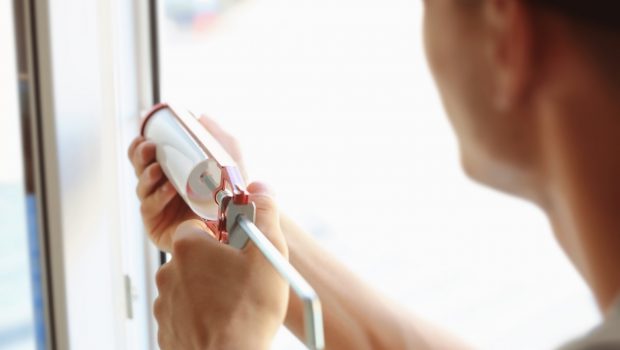Your home should feel like your sanctuary — a place where you can escape exterior stress and enjoy time alone or with your loved ones. However, if your home has become a place for outdoor pests, it has likely become a much less comfortable place to live.

Pests often seek out sheltered spaces away from the elements and often find that shelter in residential homes. Pest control companies experience these issues far too often and know first-hand how challenging it can be to rid your home of unwanted pests.
When it comes to keeping your home safe and clean, there are effective measures you can take to keep your home pest-free.
1. Seal Any and All Cracks in the Home
If your home has any cracks or gaps, you’ve likely experienced any number of pests attempting or succeeding in entering your home — from ants to wasps. If this is the case, it’s essential that your home is adequately sealed.
The windows in your home should be thoroughly inspected for any cracks and, if found, sealed using a caulking gun to eliminate any opportunities for bugs and insects to enter the room. Screen mesh is also a simple and cost-effective tool for added protection.
Other areas to examine throughout the home are the basement foundation and windows, your roof, the siding of the home, and any exterior pipes — each of these areas are easily accessible if left cracked or broken.
2. Find the Right Light
Many homeowners are unaware that the type of lightbulbs they use in their homes can impact the number of pests that are attracted to their property. Replacing generic mercury vapor lights with a high-pressure halogen or sodium-vapor light can actually deter insects — any bulbs that have pink, yellow, or orange tints are less appealing to pests and are another low-cost alternative to pest control in and around your home.
3. Clean Your Drains
The pipes inside your sink and tub or shower can accumulate dirt, food, and debris. This can often attract pests and provide an environment for breeding. Regularly inspecting and cleaning your drains is a simple tool for at-home pest control. If you’re looking for a DIY drain cleaner, there are several options available, including the classic baking soda and vinegar combination.
4. Work Weatherstripping Into Your Home Repairs
Weatherstripping is a term that refers to replacing any damaged bristles around the doors in your home. This process ensures there are no gaps which is an easy access point for outdoor pests — and while you’re pest-proofing your home, you’re simultaneously keeping interior air inside, which will help lower your energy bill.
5. Find At-Home Pest Deterrents
There are everyday household items you likely already have in your cupboards that can be used to keep pests away. Coffee grounds are one of the most frequently used resources since many insects are repelled by the smell. After you’ve poured your morning coffee, try using the leftover grounds in areas outside where you suspect pests have been getting indoors. Not only are you saving money, but you’re also saving the environment from harsh chemicals and protecting your home at the same time.



